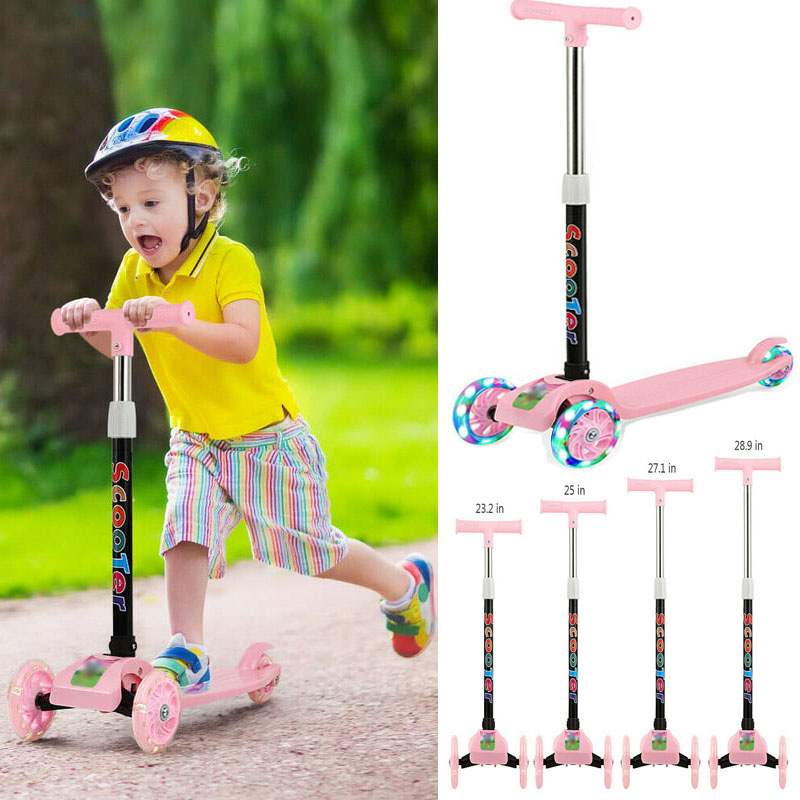The Rise of the 2% Foot Scooter A Trend for Urban Mobility
In recent years, urban transportation has undergone a significant transformation, driven by the need for efficient, eco-friendly solutions to the issues of congestion and pollution. Among the myriad of options that have emerged, the 2% foot scooter has gained particular attention, capturing the interest of commuters, city planners, and environmental advocates alike. But what exactly is a 2% foot scooter, and how does it fit into the rapidly evolving landscape of urban mobility?
At its core, the 2% foot scooter refers to a specific model of electric scooter that is designed to promote sustainable transportation. The term 2% signifies its lightweight and compact nature, which makes it accessible to a broader range of users compared to traditional scooters. Typically, these scooters are designed for short-distance travel, making them an ideal solution for navigating crowded city streets where larger vehicles simply cannot go. Especially in larger metropolitan areas, where traffic congestion can make commuting a frustrating experience, the 2% foot scooter offers a clever alternative that integrates seamlessly into everyday life.
The Rise of the 2% Foot Scooter A Trend for Urban Mobility
Moreover, the environmental impact of using electric scooters is a significant selling point. As cities grapple with the effects of climate change and look for ways to reduce their carbon footprint, electric scooters provide a cleaner alternative to gas-guzzling vehicles. By utilizing battery power instead of fossil fuels, the 2% foot scooter contributes to a reduction in greenhouse gas emissions, helping cities to meet their sustainability goals. This aligns perfectly with the growing emphasis on green initiatives by cities around the world, which are increasingly investing in infrastructure that supports alternative modes of transportation.
2 foot scooter

From a safety perspective, the design of the 2% foot scooter addresses common concerns associated with electric scooters, such as stability and visibility. Equipped with features like anti-slip decks, LED lights, and reflectors, these scooters ensure that riders can navigate urban terrains safely. Additionally, the low speed of many models encourages safer riding, particularly in highly populated areas. Riders are also encouraged to wear helmets, promoting a culture of safety that is essential for the widespread adoption of electric scooter usage.
As the popularity of the 2% foot scooter continues to grow, several cities have begun to implement infrastructure changes to facilitate their use. Bike lanes are being expanded, and dedicated scooter parking areas are being established to help integrate these vehicles into the urban landscape. In addition, rental schemes and ride-sharing programs are being developed, making scooters accessible to users who may not want to purchase their own.
However, the rise of the 2% foot scooter is not without challenges. Issues regarding regulation, speed limits, and rider education need to be addressed as cities adapt to this new mode of transportation. The potential for misuse or improper riding behaviors exists, which emphasizes the importance of establishing clear guidelines and providing education for riders.
In conclusion, the 2% foot scooter represents a promising trend in urban mobility, offering a convenient, eco-friendly solution for commuting in congested cities. As more individuals embrace this mode of transportation, it has the potential to foster a cultural shift towards sustainable living. With continued investment in infrastructure and a focus on safety, the 2% foot scooter can become a staple of urban life, carving a path towards a greener and more efficient future.
-

 Scoot&RideKids Child Kick Push Scooter 3 Wheels with LED Flashing Tilt Lean Boys Girls Scooter
Scoot&RideKids Child Kick Push Scooter 3 Wheels with LED Flashing Tilt Lean Boys Girls Scooter




- 4
$33.17 -

 Scoot&RideKids Scooter Child Kick Flashing LED Light Up 3 Wheel Push Adjustable Folding 3
Scoot&RideKids Scooter Child Kick Flashing LED Light Up 3 Wheel Push Adjustable Folding 3- 0
$25.52 -

 Scoot&RideKids Scooter Child Kick Flashing LED Light Up 3 Wheel Push Adjustable Folding 2
Scoot&RideKids Scooter Child Kick Flashing LED Light Up 3 Wheel Push Adjustable Folding 2- 0
$33.17 -

 Scoot&RideKids Scooter Teens Foldable Kick Push Scooter Adjustable Height Safe 2 Wheels
Scoot&RideKids Scooter Teens Foldable Kick Push Scooter Adjustable Height Safe 2 Wheels




- 4
$49.99
Meet our partners and discover what powers their creativity!
When you register for a Lohas scooter, you will receive a 10% discount on your first order and can be notified of sales, new product launches and other offers in advance.









